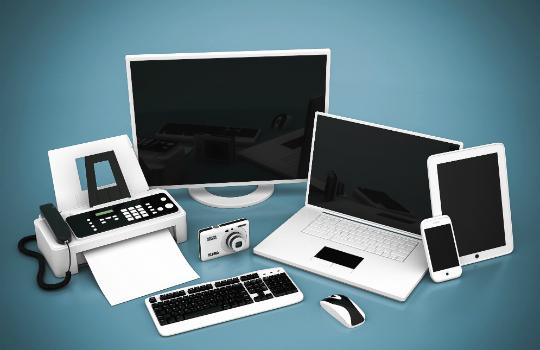Amit Garg concludes his two-part feature on designing elearning for the future.
A Responsive learning management system
Once the multi-device compatible learning material is tested and okayed, the next bit is the delivery part. A responsive LMS improves the learning experience by:
Providing a seamless and uniform user experience
A responsive LMS can adapt on the fly for (almost) all of today’s gadgets as well as tomorrow’s, offering a level of future-proofing which helps improve the return on Investment. According to Google’s research, rather than sticking with the one device, people tend to move between devices during different phases of their interaction with web-based systems. In an organisational context, this means rather than accessing and completing the training activity on a single device, learners tend to move between devices during different phases of their learning process.
Providing just-in-time support
Responsive design allows LMS providers to deliver quality content to their learners across devices. Furthermore, the offline browsing capabilities of HTML5 mean that sites can be easily accessed ‘on the go’. Videos and content contained in hybrid HTML5 LMSs will increasingly be consumed on the move and in the absence of an internet connection.
It also makes compliance training programs more convenient to complete by adding a dimension of multi-device access which enables every employee to be able to access the required training.
Providing easy maintenance and rollout
Responsive design eliminates the need to maintain separate desktop and mobile versions of the LMS, as a single system can adapt on the fly for any screen size. This way you can focus all our efforts on a single code base, knowing you’re offering the best user experience for every user and every device.
It is also less challenging and time consuming to roll out the LMS to the users as there is no need to have different training for different devices. Imagine a training programme where each user has to be trained on a different system. Having a single responsive system helps to significantly cut down on user training efforts.
A responsive system is agnostic to its operating systems and devices. As a result, content publishers and LMS owners are not required to build versions of their system for every popular device platform, that they expect their audience to use. A single code base is less costly to maintain as any new features or enhancements for the LMS or CMS need to be done only on one source code as compared with doing it for every native app that one might have.
Consolidating the analytics and reporting
A single responsive LMS means that we no longer have to track user journeys, conversion paths, funnels and redirections between different applications. This implies single repository site analytics. Tools like Google Analytics are now optimised to handle multiple devices and responsive reporting. All of the tracking and analytics will continue to function and be condensed into a single report, allowing for easier monitoring and analysis.
Conclusion
The device we choose to use is driven by our context: where we are, what we want to accomplish and the amount of time needed. Today's multi-device world calls for learning solutions with responsive designing, responsive testing, and responsive delivery, and not to forget, ensuring the instructional integrity on all the devices.
Amit Garg is director and co-founder of Upside Learning








